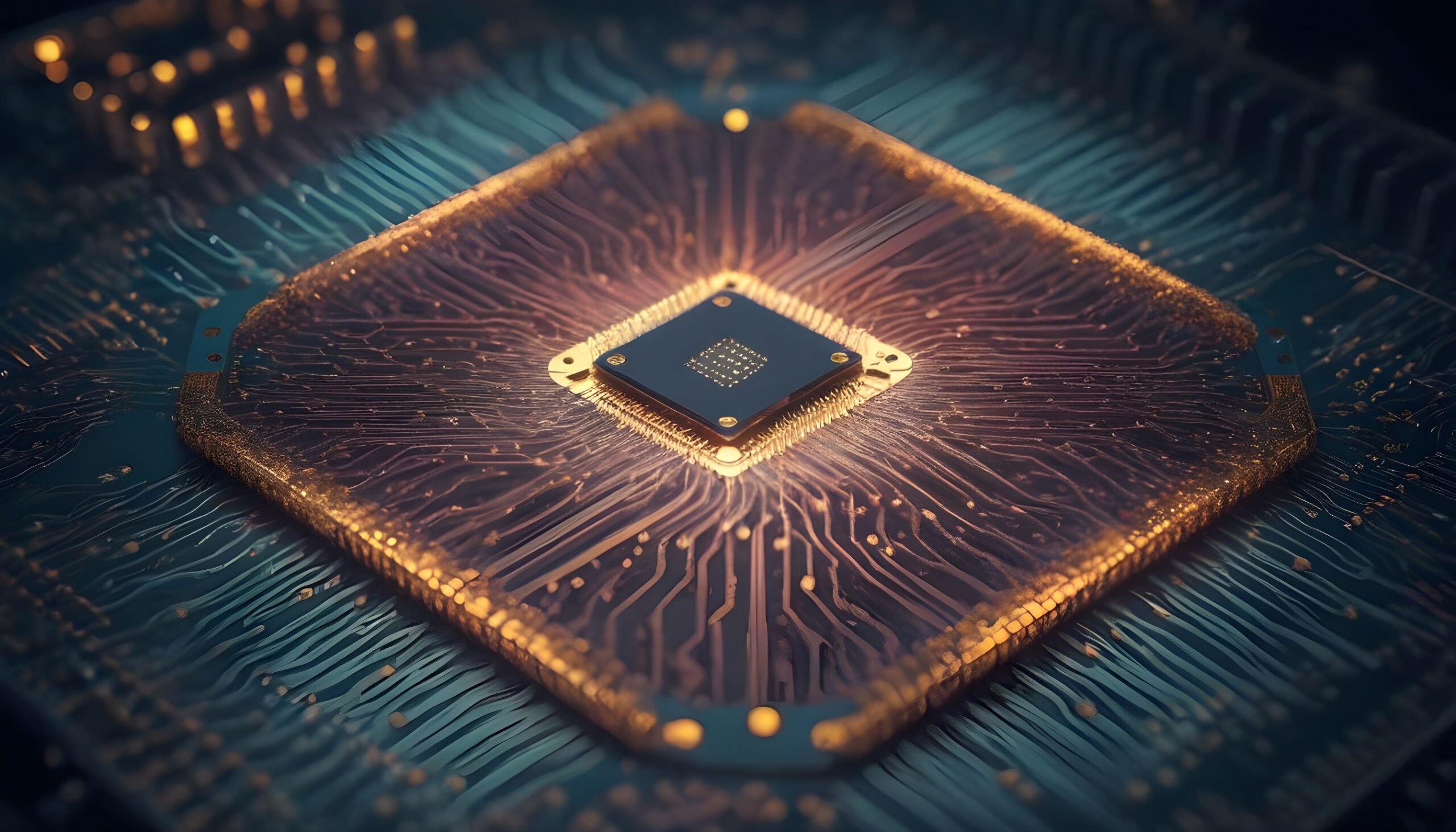Quantum computing has the power to make things way faster, which could change a bunch of industries like making drugs or keeping information safe. But there’s a big problem we need to solve first: fixing mistakes. In the world of quantum stuff, mistakes caused by noise and stuff messing up can mess up calculations big time. This article talks about how we’re trying to fix these mistakes in quantum computers. We’re looking at different ways like surface codes, topological codes, and making computers that can handle mistakes without crashing.
The Challenge of Quantum Error Correction
Quantum computing is like a supercharged way of doing calculations, promising to shake up industries and science by solving problems way faster than regular computers. This magic comes from qubits, the building blocks of quantum computers. Unlike regular bits that are just 0 or 1, qubits can be both at the same time and can be linked with each other, making them super powerful.
But there’s a big problem: fixing mistakes. Quantum stuff is super fragile, and any little thing can mess up calculations. These mistakes, like noise and stuff messing up, are hard to catch and fix because quantum info is tricky.
One big issue is decoherence, where qubits mix up with their surroundings and lose their quantum magic. This makes it hard to keep calculations accurate for long.
Also, mistakes can happen during operations, like when quantum gates do their thing. Even tiny errors here can add up and mess up calculations over time.
To tackle these challenges, researchers are trying different tricks. One way is using codes that can spot and fix errors without messing up the quantum stuff. Another is building computers that can handle mistakes without crashing, using techniques like error-avoiding algorithms and special quantum gates.
Even though there’s still a lot to figure out, scientists are hopeful that we’ll crack these challenges soon and unleash the full power of quantum computing.
Approaches to Mitigate Errors
Quantum computing is super powerful but has a big problem: mistakes. Fixing these mistakes, called quantum error correction, is tough but super important.
One way to fix these mistakes is using Surface Codes. These codes use grids of qubits, the tiny bits of quantum info, to spot and fix errors. They’re good because they can handle lots of errors and can be scaled up easily. That’s why lots of research is happening on them.
Topological Codes are another cool way to fix errors. They use special properties of stuff like Majorana qubits to protect quantum info. These codes are good at handling certain errors, which makes them promising for making quantum computers reliable.
Fault-Tolerant Quantum Computing is like a big plan to make quantum computers tough against errors. It uses a mix of error-correcting codes, special quantum gates, and other tricks to keep quantum computers running smoothly even with errors. This approach aims to make quantum computers do complex stuff accurately and reliably.
Fixing errors in quantum systems is crucial for making quantum computing really awesome. Surface Codes, Topological Codes, and Fault-Tolerant Quantum Computing are all promising ways to tackle this challenge. Researchers are working hard to improve these methods and make quantum computing a game-changer for industries and solving big problems.
Challenges and Future Directions
Quantum error correction is super important for making quantum computing work well. But, there are some big challenges we need to tackle to make it happen.
One challenge is scaling up error correction for big quantum computations. As quantum systems get bigger, we need better error correction to keep things running smoothly. But making error correction work for lots of qubits without slowing down computations is really hard.
Another challenge is making fault-tolerant quantum gates that work really well. These gates are crucial for doing accurate quantum computations, but making them precise enough is tricky. From reducing gate errors to improving control, there are lots of technical hurdles to overcome.
Also, error correction adds extra stuff to quantum systems, making them more complex. This overhead can slow things down and make quantum computing less practical. So, finding the right balance between error correction and computational performance is key.
But, there’s hope! Researchers from different fields are teaming up to tackle these challenges. They’re developing better error correction codes tailored for big quantum systems. They’re also designing new fault-tolerant quantum gates to make computations more reliable.
Improving error mitigation techniques is also on the agenda. By minimizing the impact of errors, we can make quantum computations more accurate.
Even though there are challenges, we’re making progress. With advancements in error correction, we’re getting closer to practical and reliable quantum computing. And as we continue to work together and innovate, the future looks bright for quantum computing to revolutionize industries and solve complex problems.










More Stories
Securing the Cyberspace: DDoS Attacks and Botnets
Securing the Connected: Cybersecurity Strategies for IoT
Exploring the Advancements and Applications of Supercapacitors